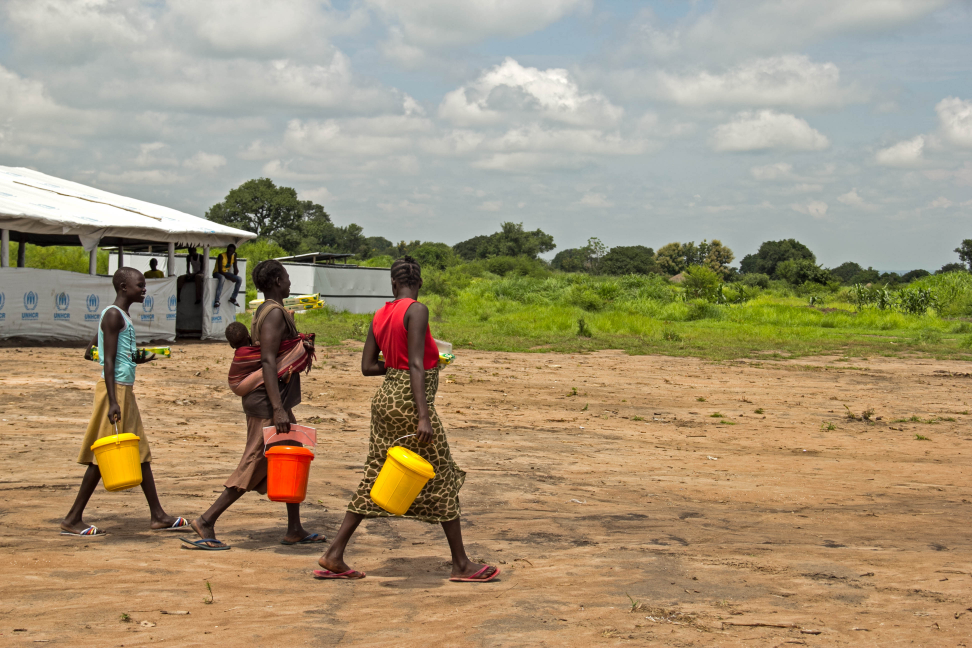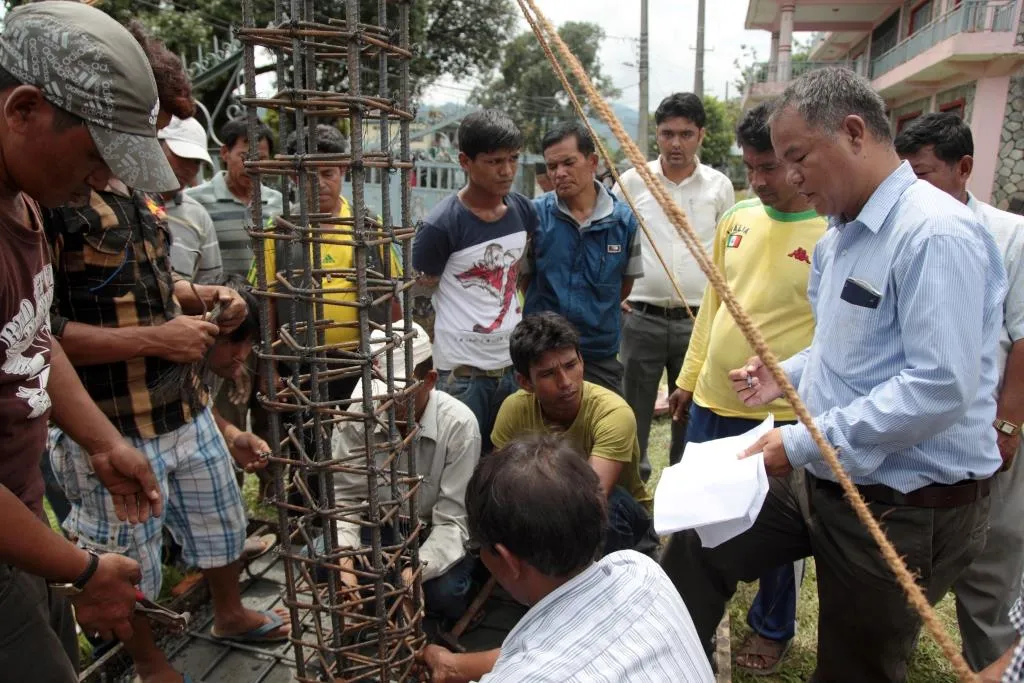Practical Action on Reflection: "Understanding the role of remittances in reducing risk to earthquakes"

The research project on Understanding the role of remittances in reducing risk to earthquakes" implemented jointly by Practical Action and Nepal Risk Reduction Consortium (NRRC) is now complete. This has been possible through the funding support from the Humanitarian Innovation Fund, a programme managed by ELRHA. This study is the first of its kind globally and in Nepal, which has directly looked into the relationship between remittances and disaster risk.

Major Findings:
This research project identified that there is an important link between remittances and construction practices in Nepal. It has explored that the awareness on earthquake safe construction practice is low among the remittance receiving households, risk from earthquake due to construction has increased. Of particular interest is the revelation that households receiving remittances are significantly more likely to build a house in the next 2-5 years compared to households not receiving remittances.
Migrant workers do not simply transfer remittance income to households they also maintain a strong influence on how the money is utilised by the receiving households. The majority of the migrant workers used mobile phones as the preferred means of communication with their families and relatives in Nepal, followed by other social media including Facebook/Skype. The migrant workers and remittance receiving households were found to be in contact at least once a week, through which information related to family welfare, news and remittance use is shared.
The majority of migrants in destination countries (Qatar and Korea) and their families in Nepal both receive, and prefer to receive information via television, radio and newspaper followed by other social media - facebook (interestingly, twitter was yet to become a preferred source of social media). The strong relationship and communication between migrant workers and remittance receiving households presents an opportunity for knowledge sharing and influencing the remittance receiving households for constructing earthquake safe houses/infrastructures.
Learnings from the project:
- Reaching migrant workers in destination countries required more intensive management than expected. This was the case in both the destinations, and particularly in Qatar where migrant workers either did not have the time or were unwilling to answer the questionnaire survey. The project was able to overcome this by establishing important focal points in each country to carry out the survey.
- Related to the above, there were sections within the questionnaire (particularly around expenditure of income) that respondents were unable or unwilling to answer, particularly in destination countries. To supplement these information gaps, the project team relied on a detailed literature review and key informant surveys.
- The research project had a 7 month timeline. Therefore, it adopted existing tools and techniques to collect information and detailed research techniques such as participant observation throughout the remittance chain (until end utilisation) were not under the scope of this study. While the results of the research have been significant, more in-depth research techniques could yield more detailed results, although it was outside the scope of the current project.
Way Forward:
The research project has collected a large volume of information on foreign employment, use of remittances particularly on building houses, earthquake awareness and source(s) of information from the remittance earner and remittance receiving households. The research team will utilise this information to prepare a detailed report from the available information. The project team has also planned to publish findings through articles on peer-reviewed journals and the study team is preparing drafts for the same. Along with this, the project will publish leaflets on major research findings and approach relevant organisations for incorporating research findings into their programme activities. This is expected to support awareness on the role of remittances in creating an earthquake resilient society in Nepal. Furthermore, a research report and raw data is available to the public via the NRRC Information Platform http://www.un.org.np/coordinationmechanism/nrrc/remittances for organisations to use and inform in the development of strategies and programmes. The research findings are being shared through national newspapers and social media targeting remittance workers and stakeholders.
Scaling up:
As the study identified that remittance income earners can highly influence investment patterns, the project should be scaled up to raise awareness among migrant workers and remittance receiving households on earthquake-safe construction practices. The data and information generated from this project should be extensively used during the scale up phase. As the principle source of information dissemination, use of social media, mobile SMS, mass media (TV, radio, online newspaper), cultural events, approaching remittance workers at the exit and entry point to Nepal, etc. should be promoted. We envision implementing this concept in close coordination and collaboration with government agencies and organisations working with migrant workers such as recruitment agencies, money transfer organisations and the local authorities.
Stakeholders Involvement:
Migrant workers in destination countries, remittance dependent and remittance non-dependent households in Nepal, stakeholders working with migrant workers and the disaster preparedness sector from both the government and non-government were the major beneficiaries of this project.
Migrant workers and remittance dependent & remittance non dependent households participated in the questionnaire survey (including pre-testing) and provided information to fulfill the research objectives. Bilateral meetings and national stakeholder consultation workshops were conducted with organisations working on migration disaster risk reduction sectors, where they got actively involved in refining research tools and study site selection in Nepal.
The selected key informants actively participated in interviews and provided both primary and secondary information on the expenditure pattern of migrant workers and remittance receiving households. Draft reports and updates were shared and feedbacks from them were incorporated. The project updates were shared through regular blogs. A final sharing workshop was conducted where the non-government, inter-governmental organisations and the relevant government officials were invited. Through this, the stakeholders provided key inputs to refine the final report.
Advice to future researchers:
A research project of this type may require longer term research tools in order to get into the complex variables involved in remittances from different countries to Nepal, and its utilisation on various purposes. A study following the whole chain of remittances from beginning to end (following a worker from home to working abroad and the fund sent by the worker which is utilised in his/her home country) could provide in-depth impetus to the issue, and additional research tools could be utilised to capture wide range of responses and observations for analysis.
Stay updated
Sign up for our newsletter to receive regular updates on resources, news, and insights like this. Don’t miss out on important information that can help you stay informed and engaged.
Related articles
.png)


Explore Elrha
Learn more about our mission, the organisations we support, and the resources we provide to drive research and innovation in humanitarian response.